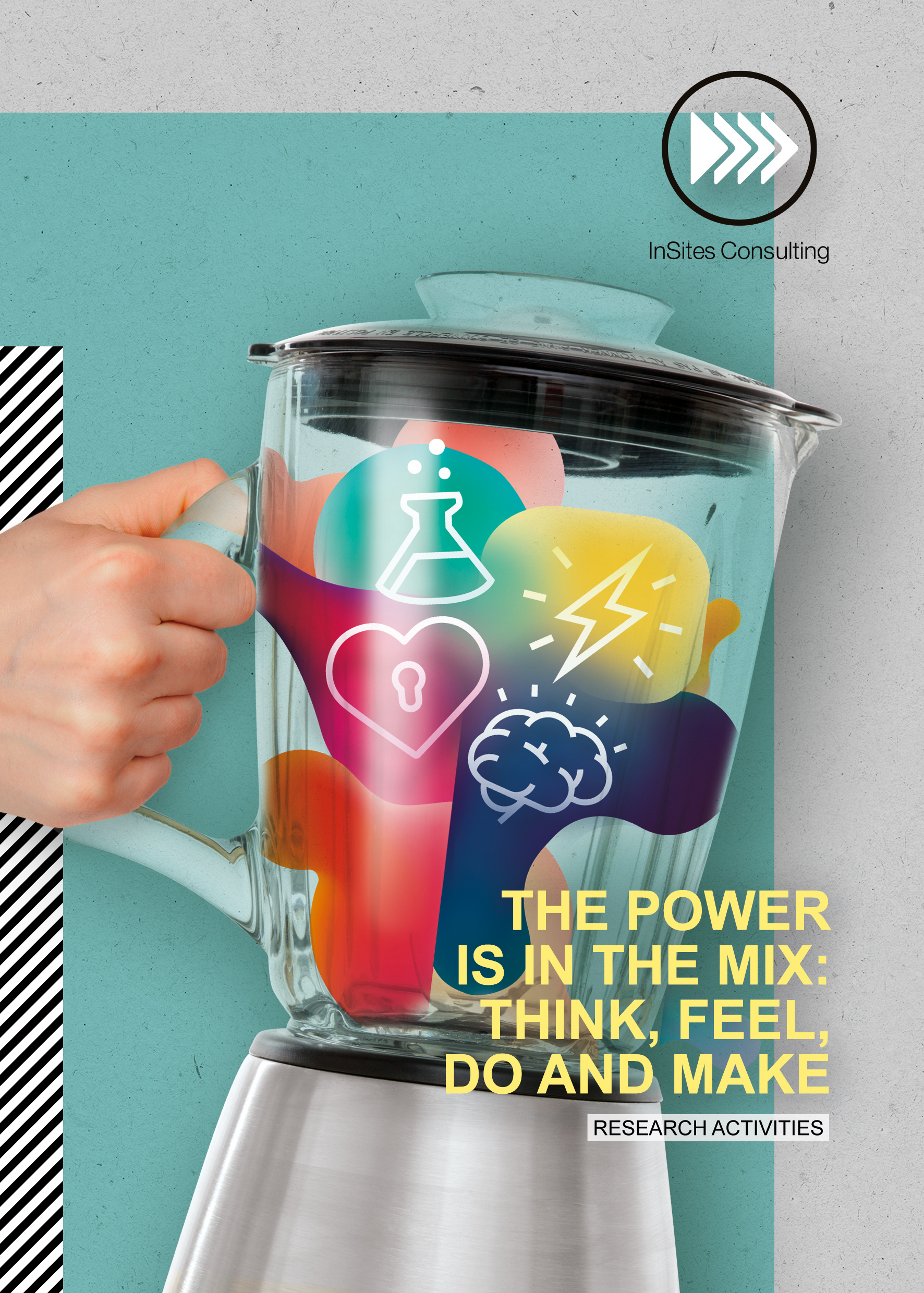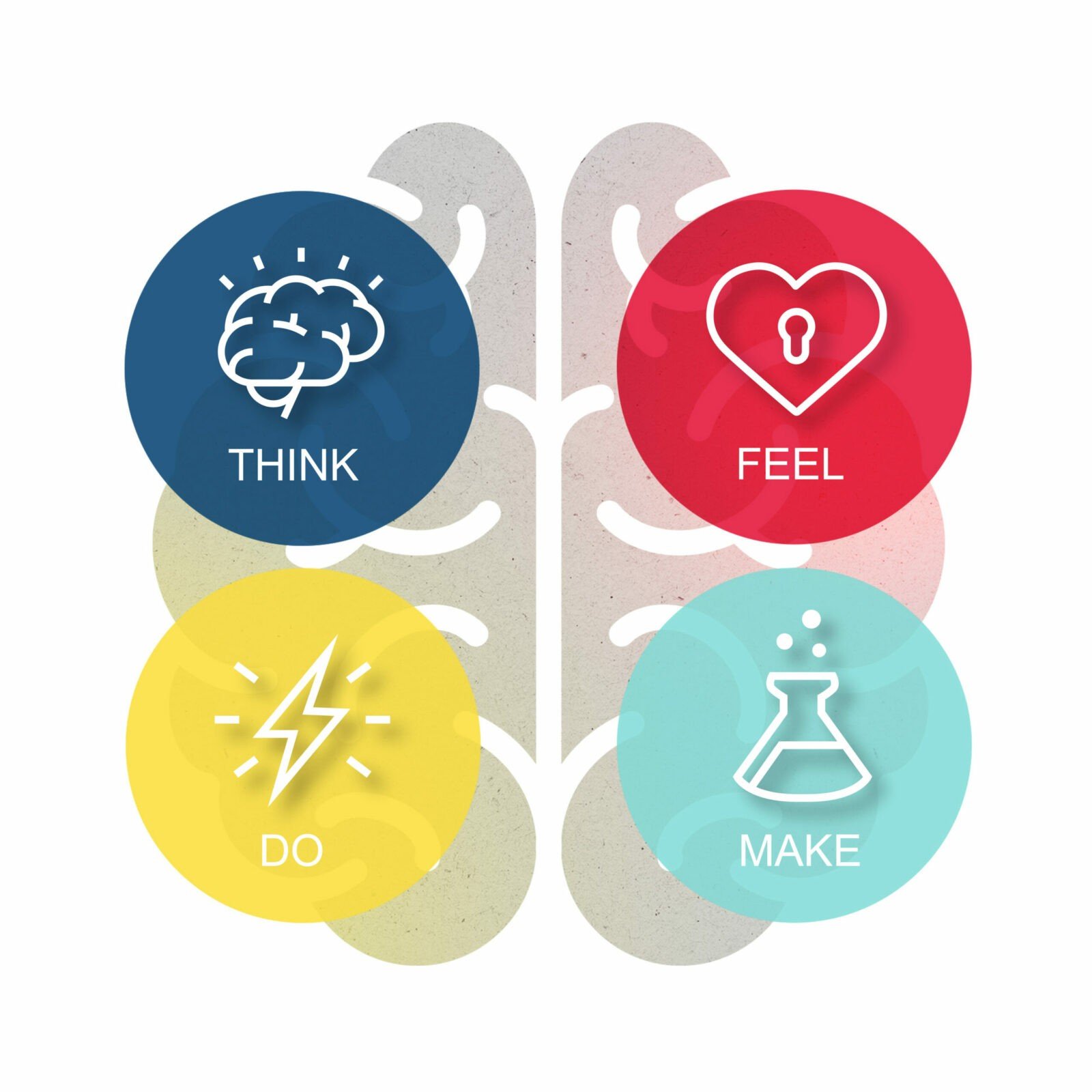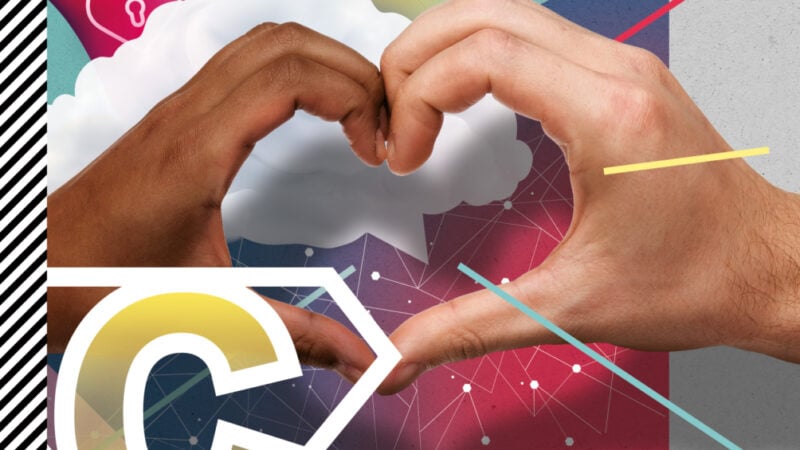
The power is in the mix
Human behavior is a complex interplay between actions, cognition and emotions. In this bookzine, we showcase how to choose the right blend of ‘think’, ‘feel’, ‘do’ and ‘make’ research activities for the right business challenge.
Request your download




